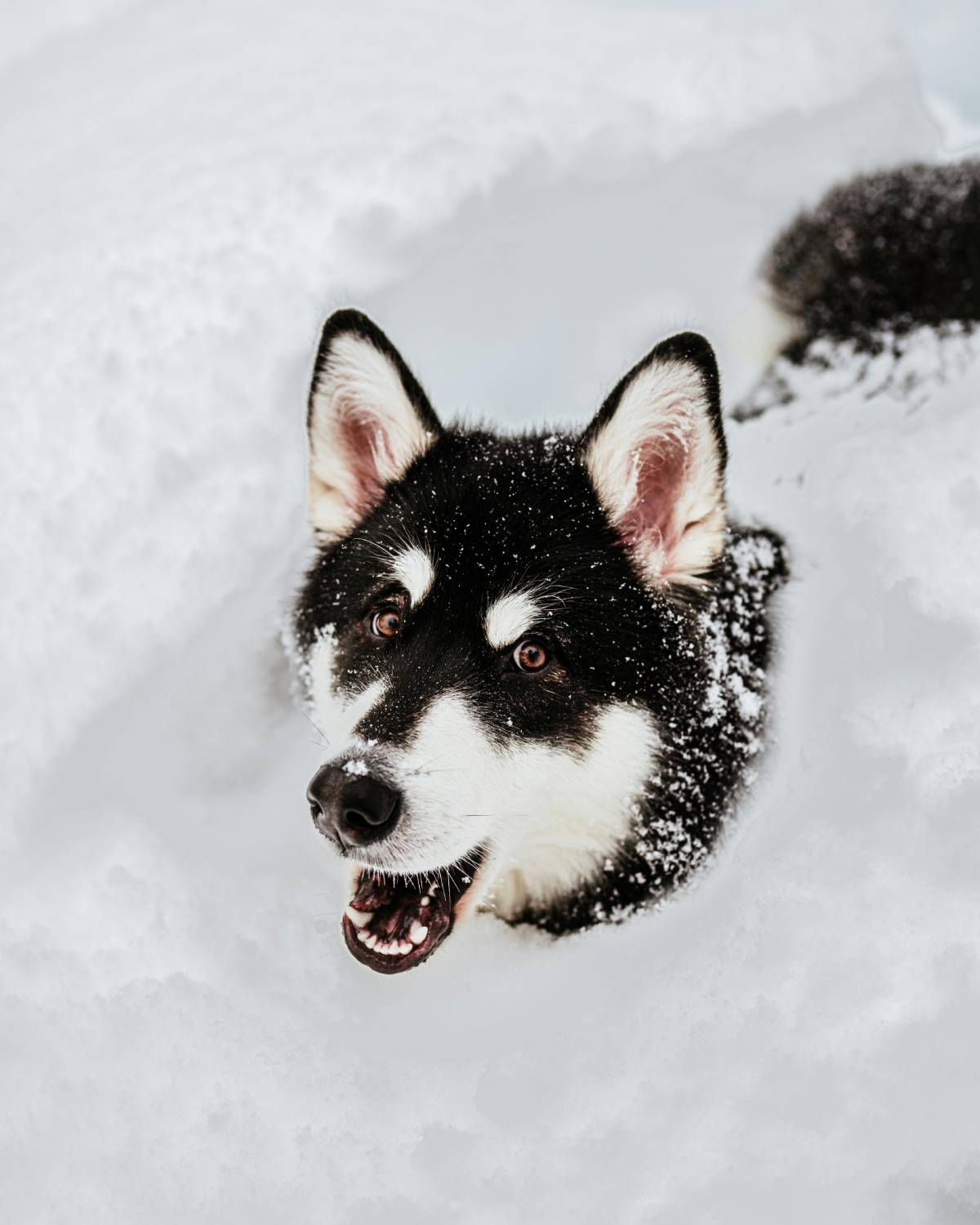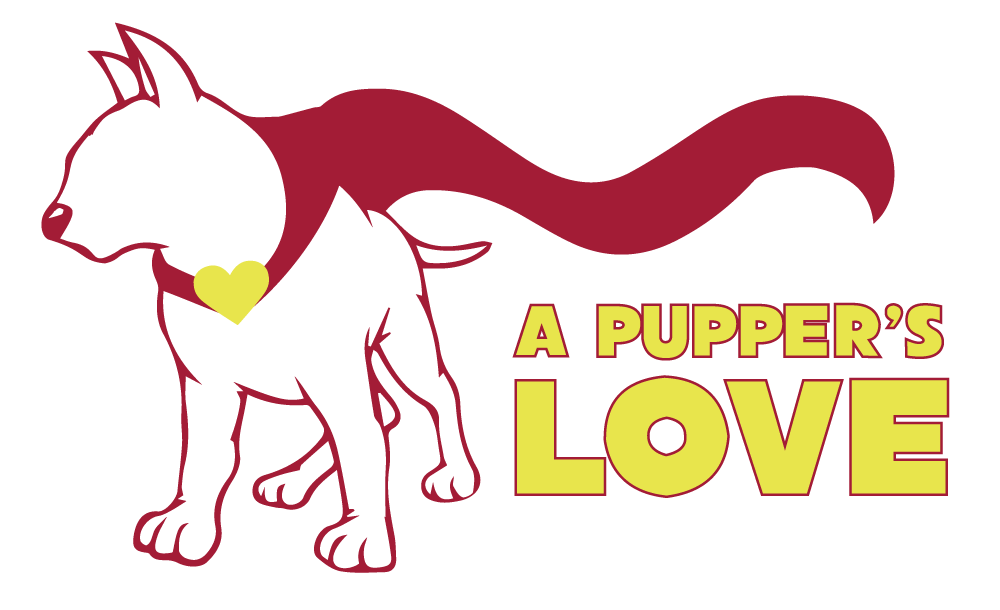
Guest article provided by: collabdogtraining.com
Intro to deep pressure therapy
Feeling overwhelmed?
We’ve all been there. But did you know your dog could be the key to unwinding and helping you decompress from stress? Deep pressure therapy (often abbreviated as DPT), traditionally involving a weighted blanket or gentle hugs, has been shown to reduce anxiety and stress.
And guess what?
Your dog can offer deep pressure therapy as well with a little training.
Why Train Your Dog for Deep Pressure Therapy?
Training your dog in Deep Pressure Therapy (DPT) offers several significant advantages, enriching both your life and that of your canine companion. Here’s why you might consider it:
Encourages Relaxation Naturally:
By nature, dogs apply gentle pressure when they snuggle up to you, which can activate your body’s relaxation mechanisms, helping you feel calmer and more at peace.
Lowers Stress and Enhances Mood:
Fosters a Deeper Connection:
The process of teaching your dog DPT strengthens the bond between you, fostering a deeper sense of trust and mutual understanding.
Incorporating DPT into your routine with your dog not only has physiological and emotional benefits but also enhances the quality of your relationship, making it a rewarding experience for both you and your dog.
How to Teach Deep Pressure Therapy
Below are the steps to teaching your dog how to do deep pressure therapy. You can also check out a full deep pressure tutorial on YouTube.
- Identify a Cue: Rather than a verbal cue, you’ll want to identify a behavior you do when you’re stressed. For example, putting your head in your hands, playing with your hair.
- Start Simple: Begin by luring your dog over your legs. For now, you don’t have to actually ask your dog to lay down, just practice having your dog stand over you.
- Cue a down: Now start cueing your dog to lay down. We are going to shape the behavior, meaning, we reward successive approximations toward the final behavior. At first, your dog may be hesitant as laying down on your legs may feel weird/different so take it slow.
- Gradually Increase Pressure: As your dog gets comfortable, encourage them to lie across your legs or chest, applying gentle pressure.
- Practice in Different Scenarios: This is called generalizing! Train in various locations and positions to ensure your dog responds reliably whenever you need them.
- Be Patient & Positive: Remember, training takes time and consistency. Keep sessions fun and reward progress generously.
Additional Tips:
Consider Your Dog’s Size & Strength: Ensure the pressure is comfortable for both of you.
Respect Your Dog’s Consent: Never force them into positions they dislike. Instead, you’ll want to shape the behavior slowly so they can become more comfortable performing deep pressure therapy.
Consult a Professional Trainer: For guidance or complex behaviors, seek help from a certified dog trainer like the experts at Collab Dog Training, or check out an online training program.
Unleash the Power of Paw-sitive Reinforcement: By teaching your dog DPT, you gain a furry therapist always willing to listen (and provide snuggles!). Remember, a calm dog means a calmer you, making this training a win-win for your well-being and your pup’s.
Conclusion:
Training your dog in Deep Pressure Therapy (DPT) offers several significant advantages, enriching both your life and that of your canine companion. Here’s why you might consider it:
Encourages Relaxation Naturally: By nature, dogs apply gentle pressure when they snuggle up to you, which can activate your body’s relaxation mechanisms, helping you feel calmer and more at peace.
Lowers Stress and Enhances Mood: Research has consistently found that DPT can decrease levels of cortisol, the body’s stress hormone, while simultaneously improving overall mood.
Fosters a Deeper Connection: The process of teaching your dog DPT strengthens the bond between you, fostering a deeper sense of trust and mutual understanding.
Incorporating DPT into your routine with your dog not only has physiological and emotional benefits but also enhances the quality of your relationship, making it a rewarding experience for both of you.
Image by: pexels.com
